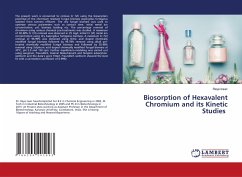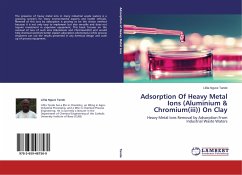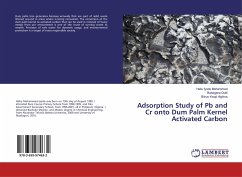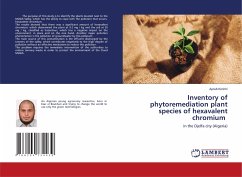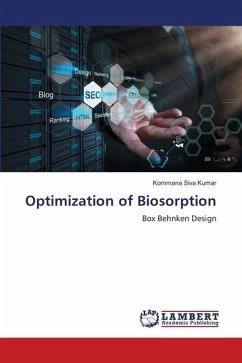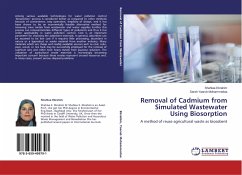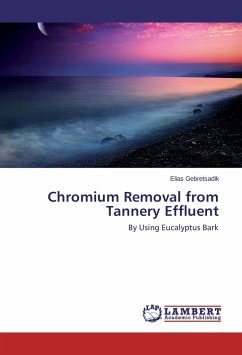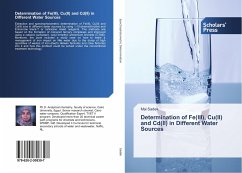
Chromium (III) Biosorption by Fungus
A Inherent Worth for An Imperative Need
Versandkostenfrei!
Versandfertig in 6-10 Tagen
32,99 €
inkl. MwSt.

PAYBACK Punkte
16 °P sammeln!
This book attempts to highlight some notable features of various methods in practise for metal remediation from effleunts. The notable physio-chemical processes are generally efficient in removing the bulk of metal from solution at high or moderate concentrations, whereas they may be ineffective or extremely expensive especially when the metals in solution are at low concentration. As a consequence, their limits become more pronounced when voluminous effluents containing complexing organic matter and low metal contamination must be treated.An alternative method involving microorganisms is grad...
This book attempts to highlight some notable features of various methods in practise for metal remediation from effleunts. The notable physio-chemical processes are generally efficient in removing the bulk of metal from solution at high or moderate concentrations, whereas they may be ineffective or extremely expensive especially when the metals in solution are at low concentration. As a consequence, their limits become more pronounced when voluminous effluents containing complexing organic matter and low metal contamination must be treated.An alternative method involving microorganisms is gradually emerging which has shown commendable capacity to sequester metal ions at a very reasonable rate and eco-friendly manner,termed BIOSORPTION. Various microorganisms like bacteria, fungi, yeasts, cyanobacteria and algae play an important role in the detoxification and removal of heavy metals.This book ellucidates the attempts made to isolate metal tolerant fungal species from tannery effluent and development of a process for microbial remediation of toxic and carcinogenic hexavalent chromium from solution.



